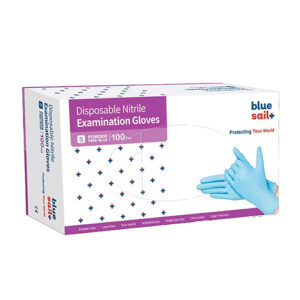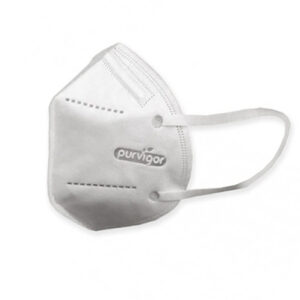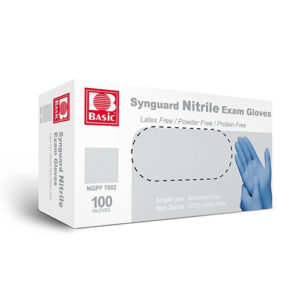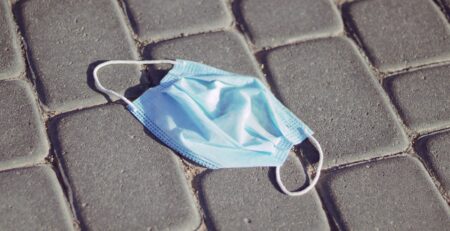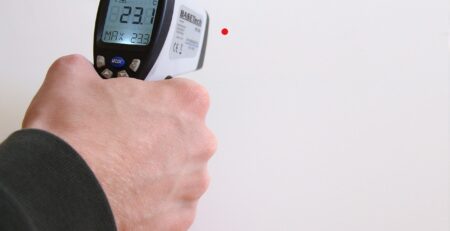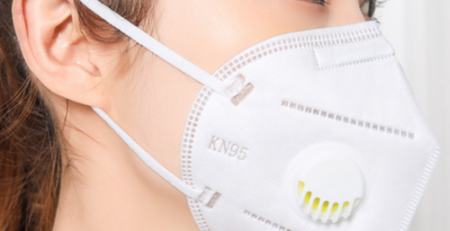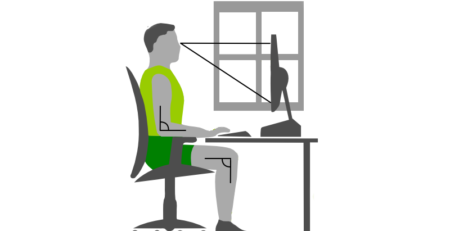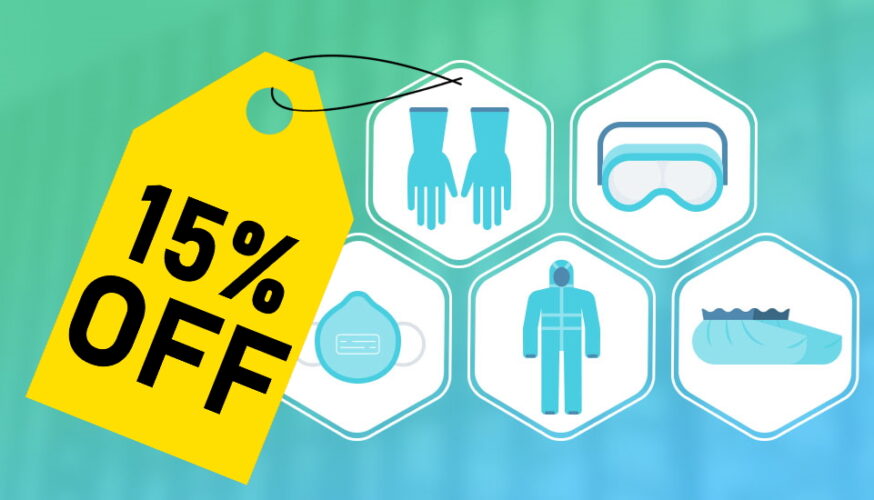What Is PPE?
PPE is the Personal Protective Equipment that helps to reduce risks for users regarding the health and safety of users. This guide looks at all there is to know about PPE. PPE can cover a range of items including glovers, hazmat suits, earplugs, face masks and helmets among many other things. Employers are expected to provide this equipment where it is required.
Why is PPE Important?
PPE is designed to protect the person who is using it while it is also used in instances where the risk cannot be completely removed. However, we cannot ignore how important it is, especially where other measures are insufficient.
The Different Types of PPE
There are many different types of PPE available and this can include:
- Head and scalp protection(Hard hats etc)
- Respiratory protection (Face masks etc)
- Eye protection(Safety goggles and face visors etc)
- Hearing protection(Earplugs etc)
- Hand and arm protection(disposable gloves, safety gloves etc)
- Foot and leg protection(Safety boots and clothing etc)
- Body protection(Disposable aprons, disposable gowns etc)
- Height and access protection(safety ropes etc)
PPE Legislation
The Health and Safety at Work Act 1974 puts the general duty of care on employers and that means that they have to ensure that their employees and that no charge is made for any actions that are carried out in relation to remaining compliant. Along with this, the Management of Health and Safety at Work Regulations 1999 requires employers to undertake sufficient and suitable risk assessments for all work activities to determine what measures are required to maintain safety.
Those who take responsibility for undertaking risk assessments must identify precautions and measures that are required to protect people. Therefore, PPE is considered to be a legitimate response to the presence of hazards within the workplace and should be implemented where other measures are unable to remove or reduce the risk. Therefore, employers must provide PPE for employees who are exposed to any health and safety risk.
How Do You Know Which PPE is Suitable?
The PPE that will be required will be determined by the type of hazards that are present in the workplace and this means that the following questions should be considered as part of the assessment:
- Not all PPE is equal in quality and protection – Are there government requirements that need to be met in terms of certification?
- Is the PPE you are buying genuine? How to spot genuine PPE.
- Is the PPE suitable for the risks that are involved as well as the conditions located at the place where potential exposure to the risk might take place?
- Will the PPE help to prevent or provide a level of control against the risks without causing the level of risk to increase?
- Can the wearer adjust it so that it can be worn properly? This is particularly true for close-fitting protective equipment that is designed to protect the respiratory system.
- For those who will be wearing the equipment, has their current health or the needs of them who will be wearing it be considered?
- What does the job entail and with it what demands are placed on the wearer? This could include considering the length of time that the PPE needs to be worn as an example.
- If the wearer has to wear more than one piece of PPE, are they compatible? What this means is would a certain respirator make it difficult for eye protection to be worn correctly?
- Can you reduce the impact on the environment by using reusable PPE?


